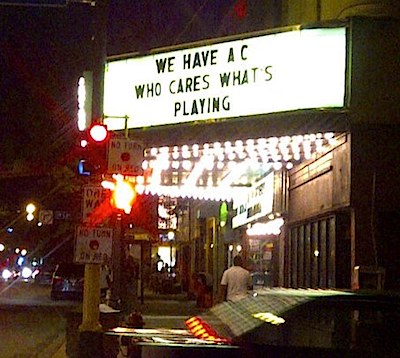Last week’s heat wave broke almost 4,000 temperature records. The punishing temps bore a high human cost, and also pushed infrastructure to the limit: the Midwest Independent Transmission System Operator (MISO), the organization that manages power flows across 12 midwestern states, experienced record demand. MISO’s peak of 103,975 megawatts exceeded the predicted max for the summer by a full 11%.
The heat wave also, quietly, demonstrated the potential of energy efficiency and a smarter grid. Utilities plan extensively for summer heat — in large respect, the grid is designed around these extremes. Part of the excess demand is met by bringing “peaker” power plants online in times of need. But this type of capacity is incredibly expensive to build and maintain.

Alternatives exist. During the heat wave, grid operator PJM delivered between 2,000 and 3,000 megawatts of capacity wave via so-called demand response programs that reward large customers for reducing their demand during peaks. Energy services companies EnergNOC and Converge each delivered over 1,200 megawatts in demand response reductions across the U.S.
To put these numbers in perspective, a nuclear power plant delivers about 1,000 megawatts of power. So already demand response programs are delivering utility scale efficiency gains, exactly when the excess capacity is most urgently needed. This sort of responsiveness represents a trifecta: improved grid reliability coupled with economic and environmental benefits.
Considered more broadly, these programs point the way to a future in which demand management is a collaboration between energy producers (utilities) and consumers (homes, office buildings, manufacturing plants, etc.). Today’s voluntary demand response programs are just the tip of the ice berg. Already time-of-use rates, in which customers are charged more during times of expected high demand, are becoming increasingly common. PG&E is aggressively pushing an innovative opt-in Peak Day Pricing program in which large energy consumers are charged massively higher rates during periods of extreme demand, in return for which they are rewarded with lower rates during all other times.
A lot of smart grid hype has centered on advanced scenarios in which utilities can make dynamic, automatic adjustments across millions of homes and commerical properties to minutely tailor demand to current supply. We may ultimately make good on such a vision, but in the meantime much simpler demand management tools are delivering gigawatt savings in the here and now. The grid may not yet be smart, but it has learned a few new tricks.
